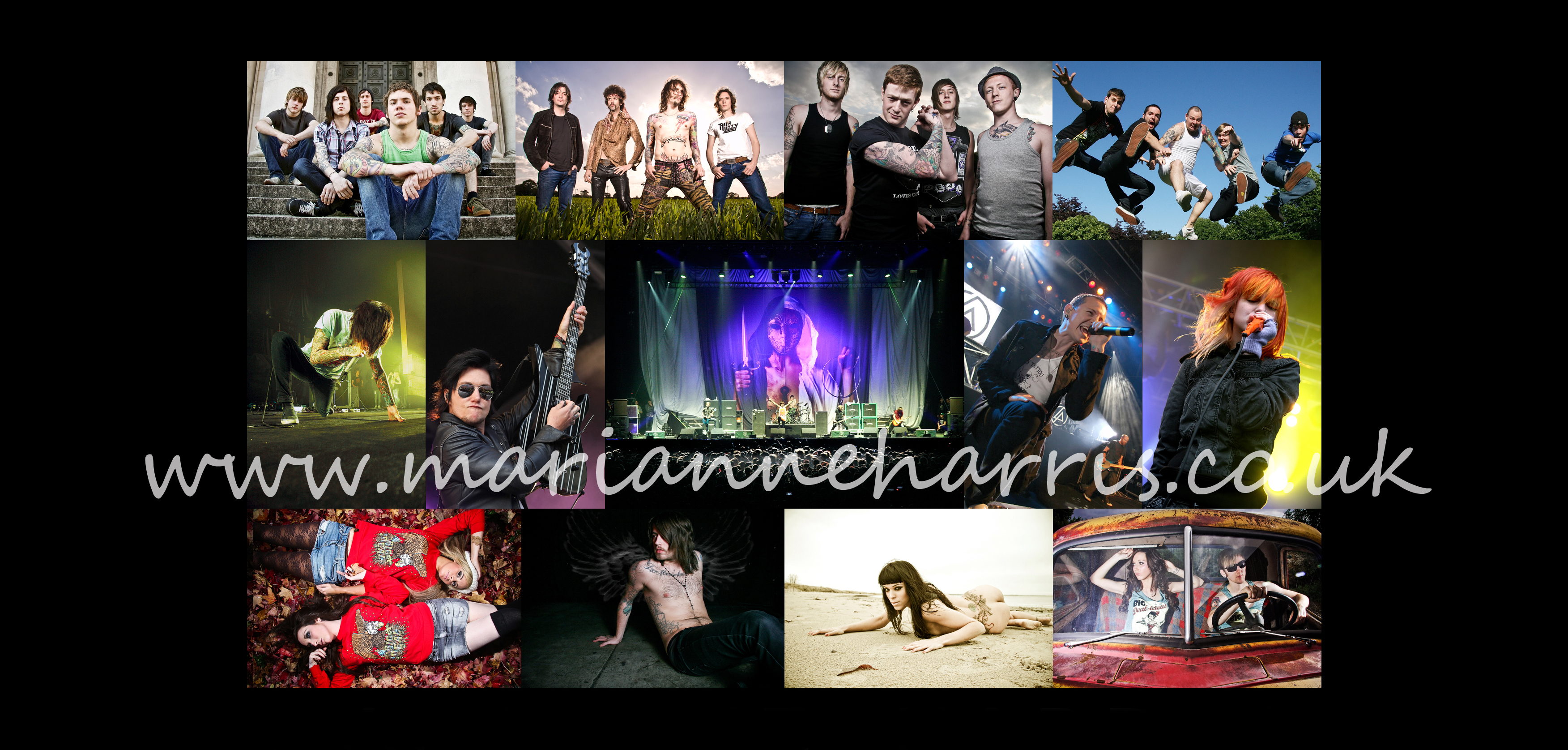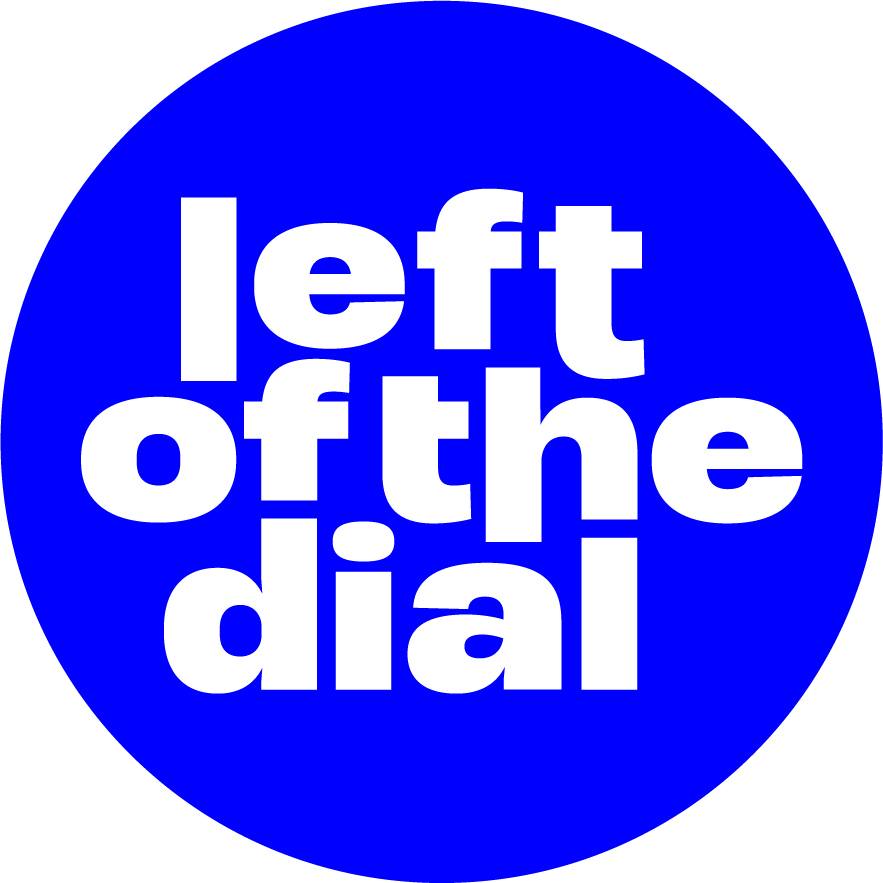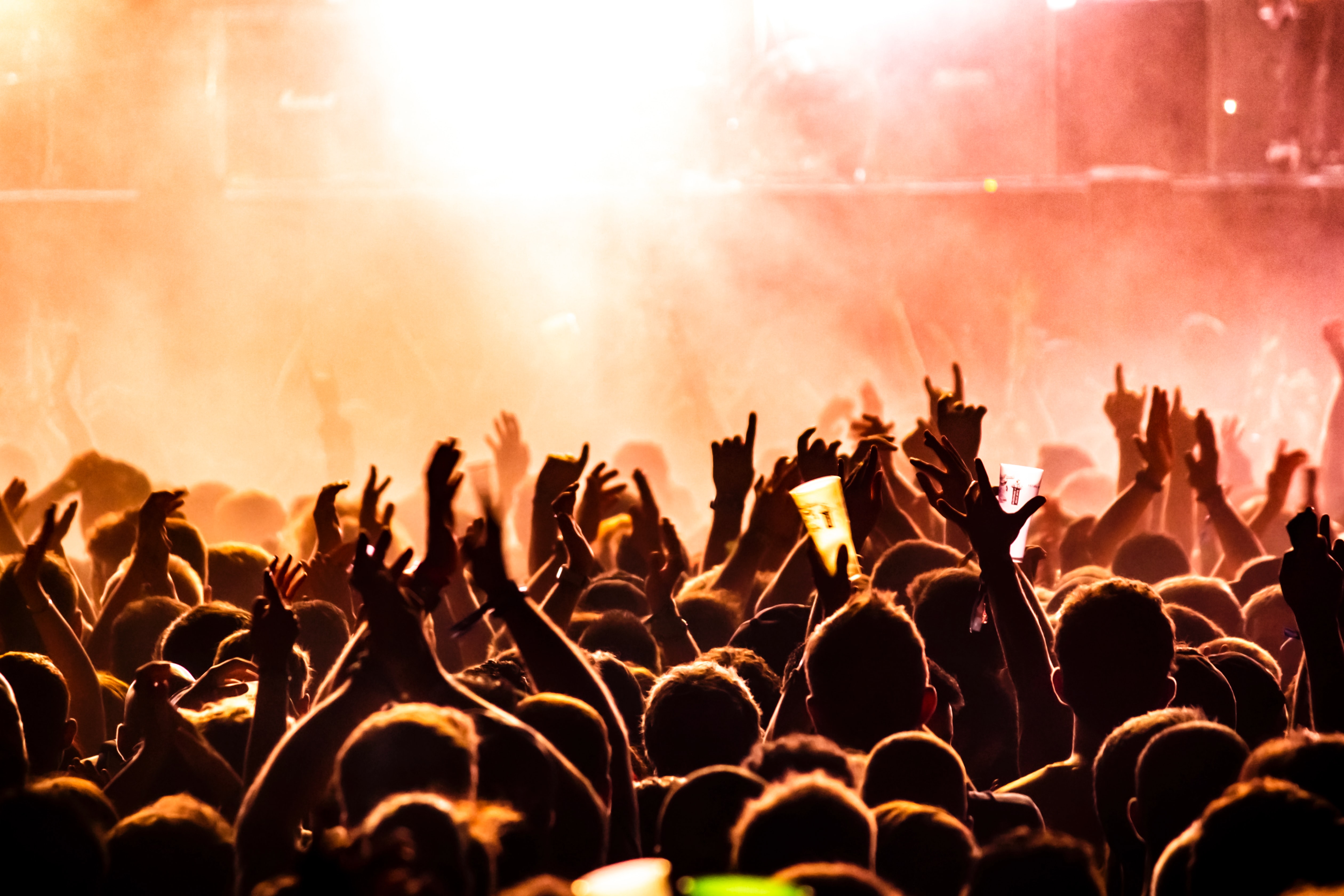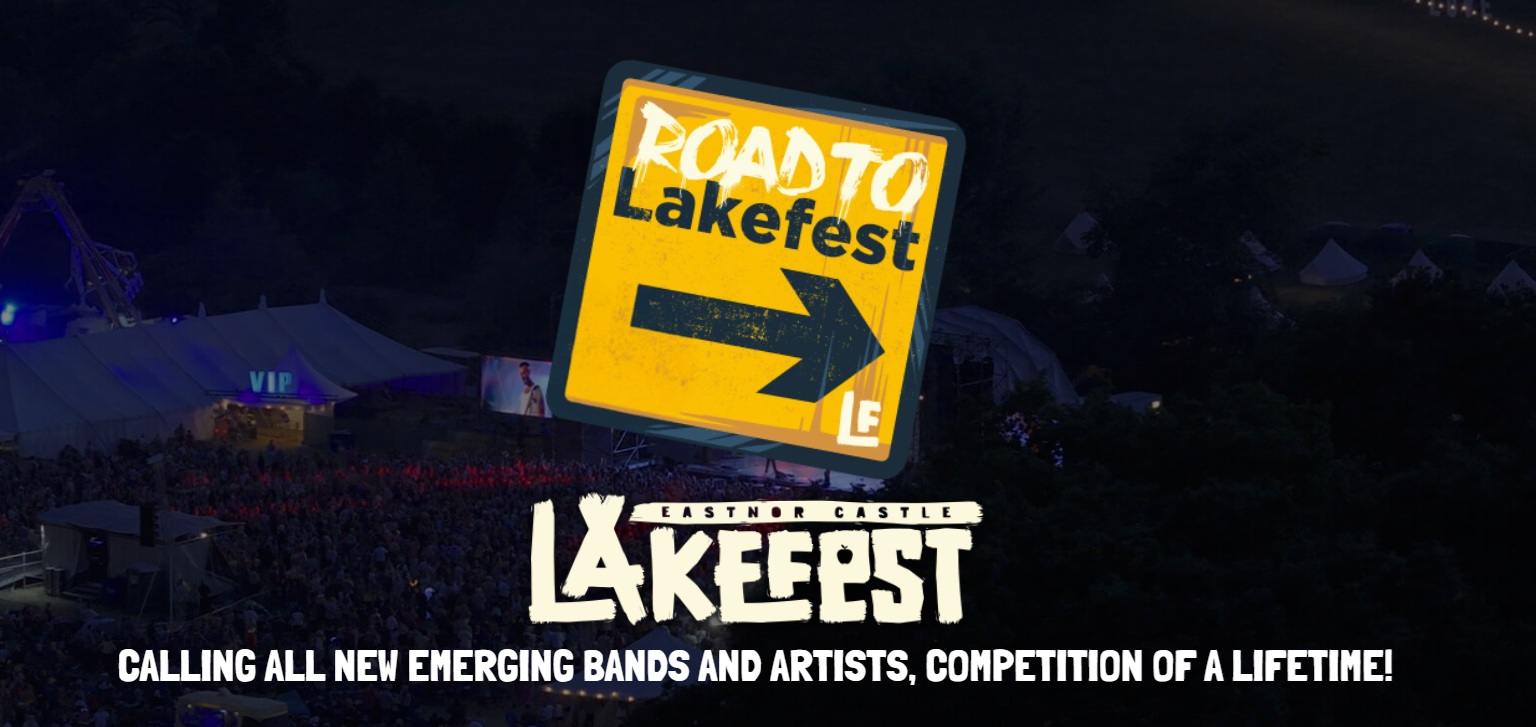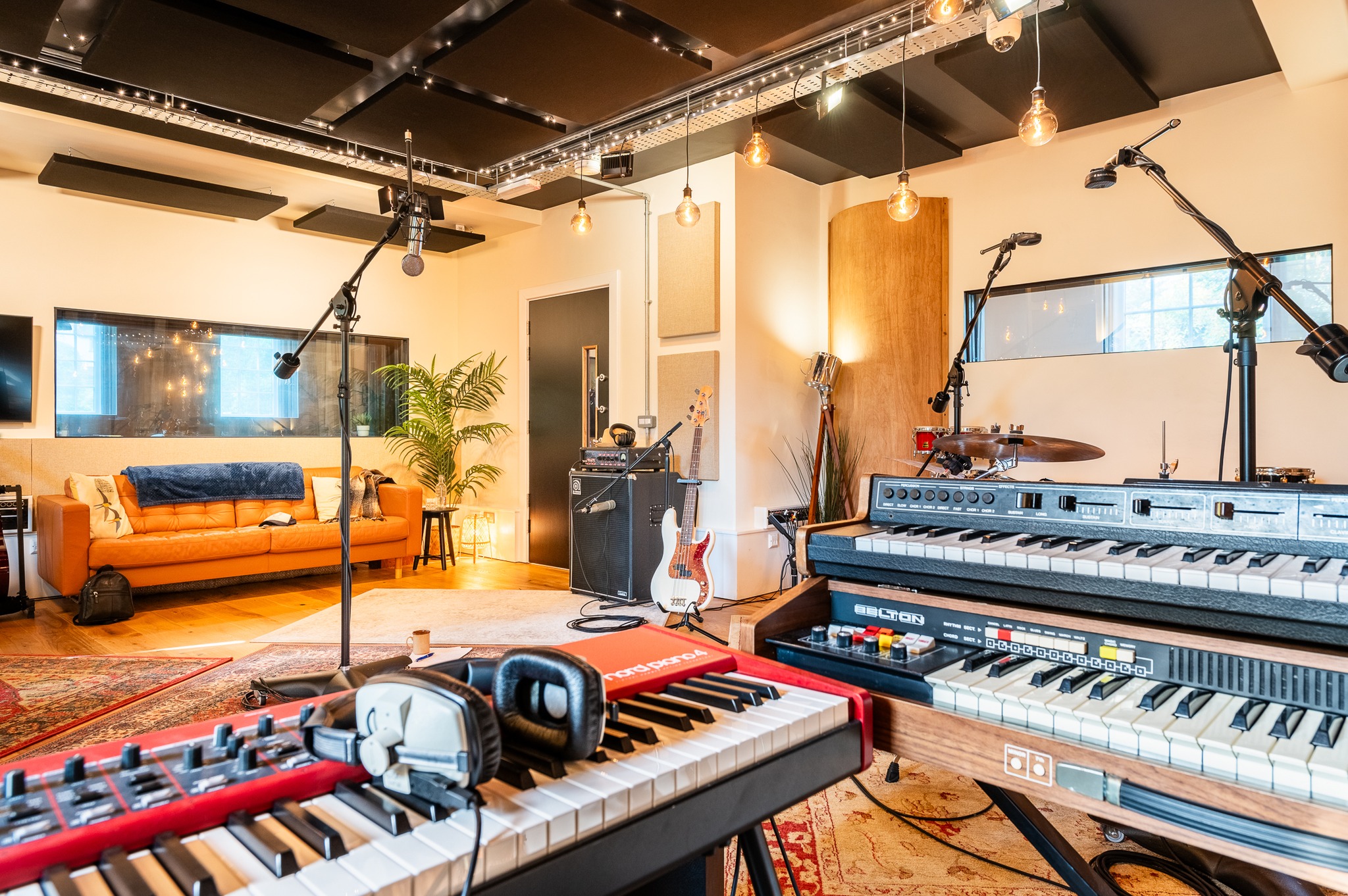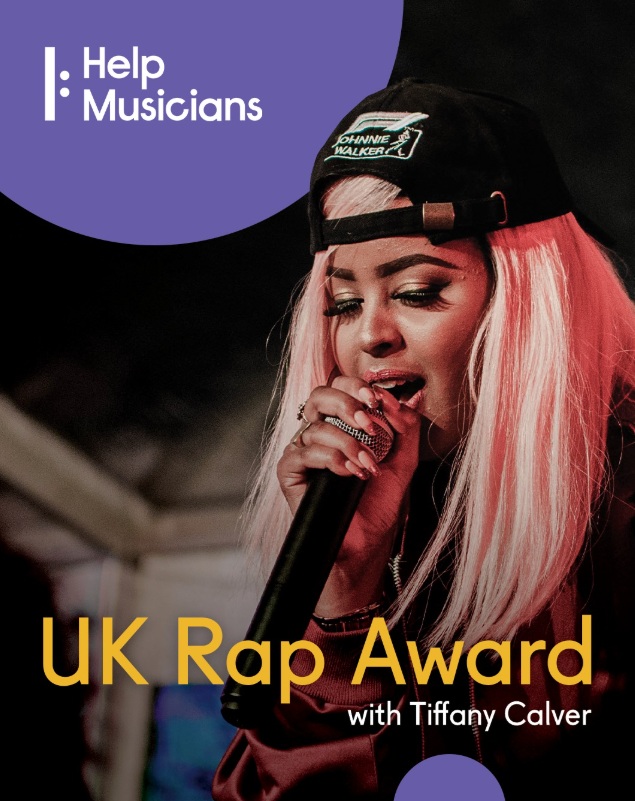Bit of a difficult one this. I see too many damn faults in the majority of my own live pics all the time, so am I qualified to give advice on how to get good live pics? Depends who is reading this (or more to the point taking any interest).
So, it’s a good question - how can I take great live pics? Let’s start with the basics…you must learn how to use your camera. I cannot actually stress how essential that is. Bit of an obvious thing to say perhaps, but I have been in photopits and been asked by people with very expensive cameras how they should use them. And that does kind of beggar the question of how, or even why, they’re in the photopit. But that’s another discussion I guess. The point is learn your camera inside out. You will have to think quickly in a photopit, and know instantly how to change settings if you need to. Which you will, trust me!
Settings - which settings should I use? This is one of the most commonly asked questions I get. And there isn’t a straight answer. It depends on so many factors; your camera, lighting, stage set up, size of stage, height of stage, position you’re standing in/where you are in relation to the stage, how you hold your camera, whether you use flash or not, how much the band members move, how you want your pics to look!
If the lighting is good/great then you probably don’t need to use flash and can keep the ISO fairly low (200-400) and the shutter speed fast. If the lighting is poor you will need to keep ISO settings higher and shutter speeds slower. The issue with high ISO and slow shutter speeds is that images become noisier (grainy) and uncrisp. The lack of good/white lighting is a killer, especially if like me you prefer clean, crisp images. And images with high noise levels taken in poor lighting are infinitely more difficult to edit. Can look great desaturated, mind.
You could use flash if the band and venue allow it. Lots of photographers don’t like using flash and I’ve read comments from some that anyone using it isn’t a good photographer. That is a ridiculous comment. If it works for you and you’re happy with how your pics come out using it, and there are no objections then use it. Things to consider are intensity of the flash output - you can adjust this in the camera settings and on most flash guns, direction of the flash (could bounce off ceiling or to one side), the distance between your camera and your subject, and how often you use it. A high flash output fired from a camera a fair distance from a subject is going to result in overlit images or a washed out stage. A lower flash output fired closer to a subject will result in that subject being lit, with a darker background.
Of course, most of the time you won’t get the choice in using flash and this is when you’ll really rely on your camera/settings knowledge to get you through. Before the band begin/come out take a few test shots of the empty stage (or use the support bands as practice for headliners). This is usually when the stage is darkest so you will need to adjust settings once the show starts, but this will give you a good starting point. Every few shots check how they look, and keep checking. Make adjustments if required. Actually ‘if required’ is almost certainly going to be ‘yes it is required’ because stage lighting constantly changes. Balance is the key, finding the right place of enough light going into your sensor without compromising on motion blur. If the lighting truly is dire then you may have no choice but to shoot with high ISO settings and slow shutter speeds, and to rely on post processing to salvage images. Better to get some solid darker images that you could possibly edit than a lighter but indefinable mess that you can do nothing with. Shooting in RAW will help with the editing process.
Talking of which, edit your images. Good editing can turn an okay image into a dynamic, eye catching one.
Other things to consider when shooting live:
Lining up shots: Evaluate the band/show. Do they move a lot or are they more static? Do you have time to look through the eyepiece if the guitarist is slinging it around his head or the front man is throwing himself into the crowd?
Angles: How high is the stage? Are you going to end up with shots up noses? If it’s high, move back a bit or hold your camera up higher. Be aware though that excessively holding your camera up in the air, especially with other photographers in the pit, is likely to annoy. But…it does help with getting more light into your sensor. Change angles, try new things.
Image composition/content: Get some waist up, straight pics of band members but once you’ve got those move on and think about the bigger picture. What are they doing that is interesting, or unusual? Are the band interacting with each other, the audience? How about whole stage pics? How about whole venue pics that include the crowd? (Bands love those). Are your images well composed? Well balanced? Have you cut off hands/feet/guitar heads? (it’s not wrong to do this if your image is well composed overall). Think about the space around your subject: is there too much ‘dead space?’ Do you need to crop the image? Make your images stand out from the rest by getting something ‘different’.
M or AV?: Probably the two settings most commonly used for live pics. Decisions decisions. The choice will define how your images look. I like to capture the colours and intensity of lighting in my pics, and love light streams (though too much is overkill maybe) so I shoot on AV when using flash. If I’m shooting no flash I mostly use the manual (M) setting.
Allowed to shoot outside the photo pit?: Is there a balcony/higher level you can get access to and permission to shoot from? Get in the crowd? Hell yeah, why not? I’ve got some of my favourite pics by getting in amongst the action.
Present your images in the BEST way you know how at the time. Be picky about final images shown to the band/or put online for example. Whittle it down to ‘decent’ and then whittle it down to ‘best’. It’s better to put up a handful (or even a couple) of eye catching, great pics than 50 similar or not so great ones that people lose interest in flicking through after a while.
And above all enjoy it! (And if you want to sing along don’t let anyone tell you you shouldn’t. PFFT!)
Don't forget to check out Marianne's previous blogs about and as well. Get more information about Marianne and check out her website .
marianne harris, music photographer, gig photographer, live music photography, band photography, gig photography
